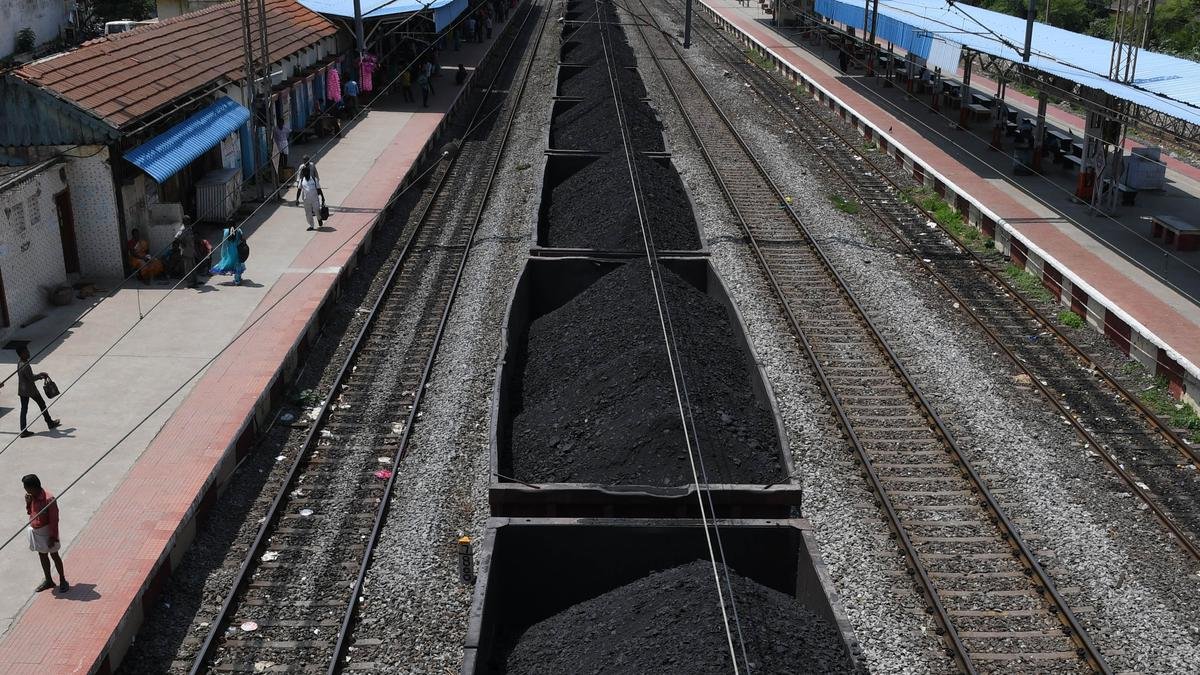
At nearly 82% of GDP, India’s public debt is very high, but the country doesn’t face debt sustainability issue on account of high growth rate and higher share of local currency debt, NCAER Director General Poonam Gupta has said.
| Photo Credit: iStockphoto
At nearly 82% of GDP, India’s public debt is very high, but the country doesn’t face debt sustainability issue on account of high growth rate and higher share of local currency debt, NCAER Director General Poonam Gupta has said.
Participating in an event organised by NCAER, Ms. Gupta said India’s high debt levels are sustainable for now because of higher real or nominal GDP and as most of the debt is held in rupee.
The states together hold one-third of the total debt, and in the ‘business as usual’ situation, their debt levels will only increase further over the next five years, Ms. Gupta said.
“In a handful of states like Punjab and Himachal Pradesh, Debt-to-GDP ratio could increase by 50%,” Ms. Gupta said, adding that the states, including the most indebted ones, also don’t face sustainability issue as they have implicit guarantee of the Centre and as states cannot hold debt in foreign currency or floating rate.
Drawing a comparison between Punjab, one of the most indebted states, and Gujarat, with low debt, she pointed out that the most indebted states are ironically better off, as the interest rate is similar for all and in fact more indebted states hold longer maturity and pay little premium.
“More prudent states need a better deal. They are de facto subsidizing the more indebted states. The Finance Commission may reward such states for their fiscal prudence, and incentivize the profligate ones to become fiscally more responsible,” Ms. Gupta said.
Participating in the discussion on “States’ Fiscal Challenges”, M Govinda Rao, Councilor, Takshashila Institution, cited “proliferation of subsidies for electoral gains” as one of the reasons for rising debt of the states.
Pointing to the Centre’s overall responsibility of control of debt and stressing the need for a different approach, he said, “interest payments of profligate states are still taken as legitimate.”
As of 2022-23, Punjab, Himachal Pradesh and Bihar are top three most indebted states, while least indebted are Odisha, Maharashtra and Gujarat.


